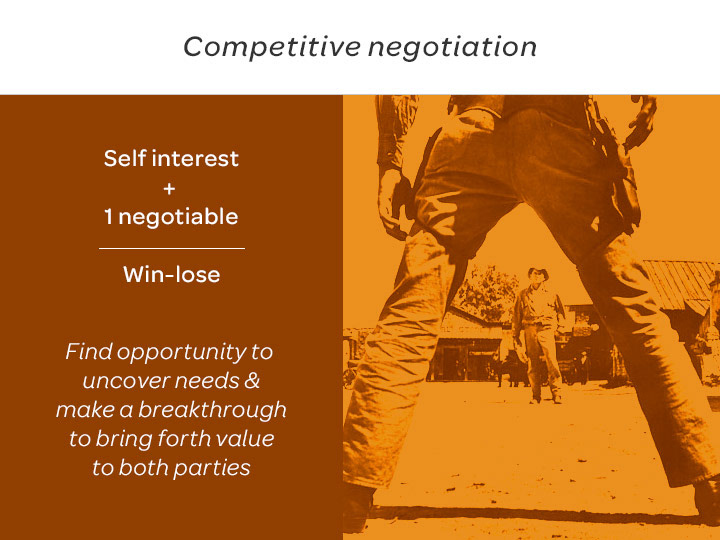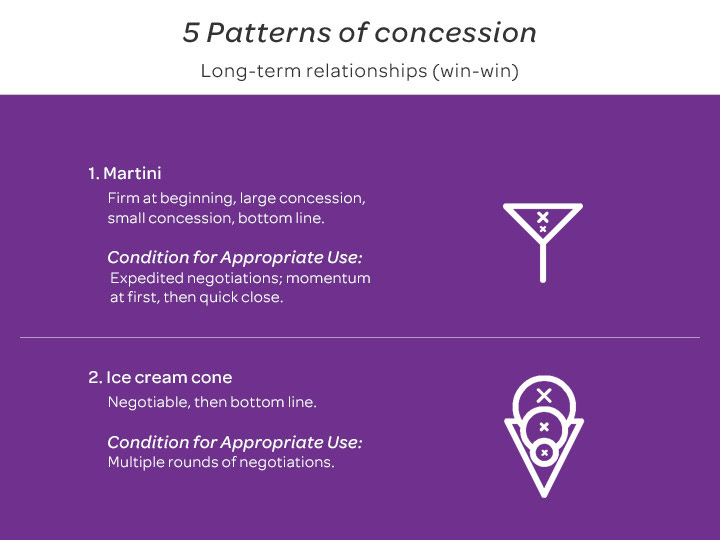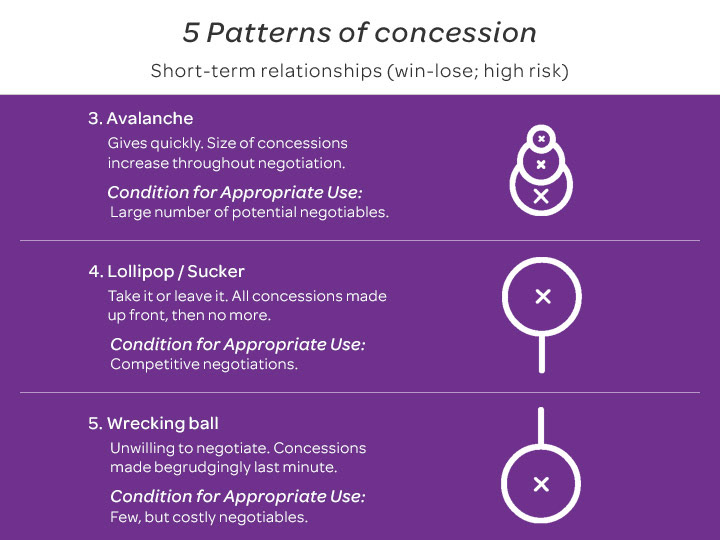Decision-Making: UX research, analysis, & organizational initiative
Role: UX team volunteer contributor, eNPS Decision-Making Task Force
Background: The VP of Digital Design & UX formed a voluntary task force for addressing decision-making and understanding how the UX team interacts with other teams and vendors.
Approach: I interviewed and analyzed the feedback of 42 directors and SMEs from UX, Business, Development, IT, Legal & Compliance teams to identify pain points and obstacles, separate fact from perception, and understand what factors drive behavior and decision-making across the org.
Rather than creating a survey, I arranged phone interviews which required no preparation or tedious form-filling by those interviewed. Most phone calls ran 30 minutes to an hour each, and everyone was passionate about expressing their thoughts. Of those interviewed, all but one agreed to be identified and speak publicly if called upon in a forum. Calls began with open-ended questions about pain points, and as commonalities emerged, questions were added to calls.
Outcomes: I established common pain points across teams, "low-hanging fruit" process-related problems, and "top shelf" issues requiring additional resources from higher authority. The approach serves as a "soft audit" where employees feel free to speak their minds and cooperatively contribute towards some hope for a constructive outcome.
One of the primary findings was that the old IT infrastructure created most problems affecting team interaction and culture. Although processes were created to get around the limitations, and IT team leads offered guidance, business teams overcompensated in ways that undermined UX and development decisions.
I later learned that the new CTO was considering moving development to the Cricket platform for the newer, unencumbered infrastructure and ultimately to the cloud.
It was particularly surprising and interesting to learn which leaders understood and could identify the actual problems and contribute to the final report's findings. Without understanding in place, team dynamics and motivation are left to speculation and here-say, resulting in mistrust, low morale and dysfunction.
I created a straightforward written document with detailed verbatims for leadership, and a power point to inform, rally and engage/entertain the UX organization. The findings are directed at the VP through the theme of a personalized B2C online shopping experience based on our new design system at that time, inviting her to upgrade the organization and improve our workflow.
Sample strategy slides below.



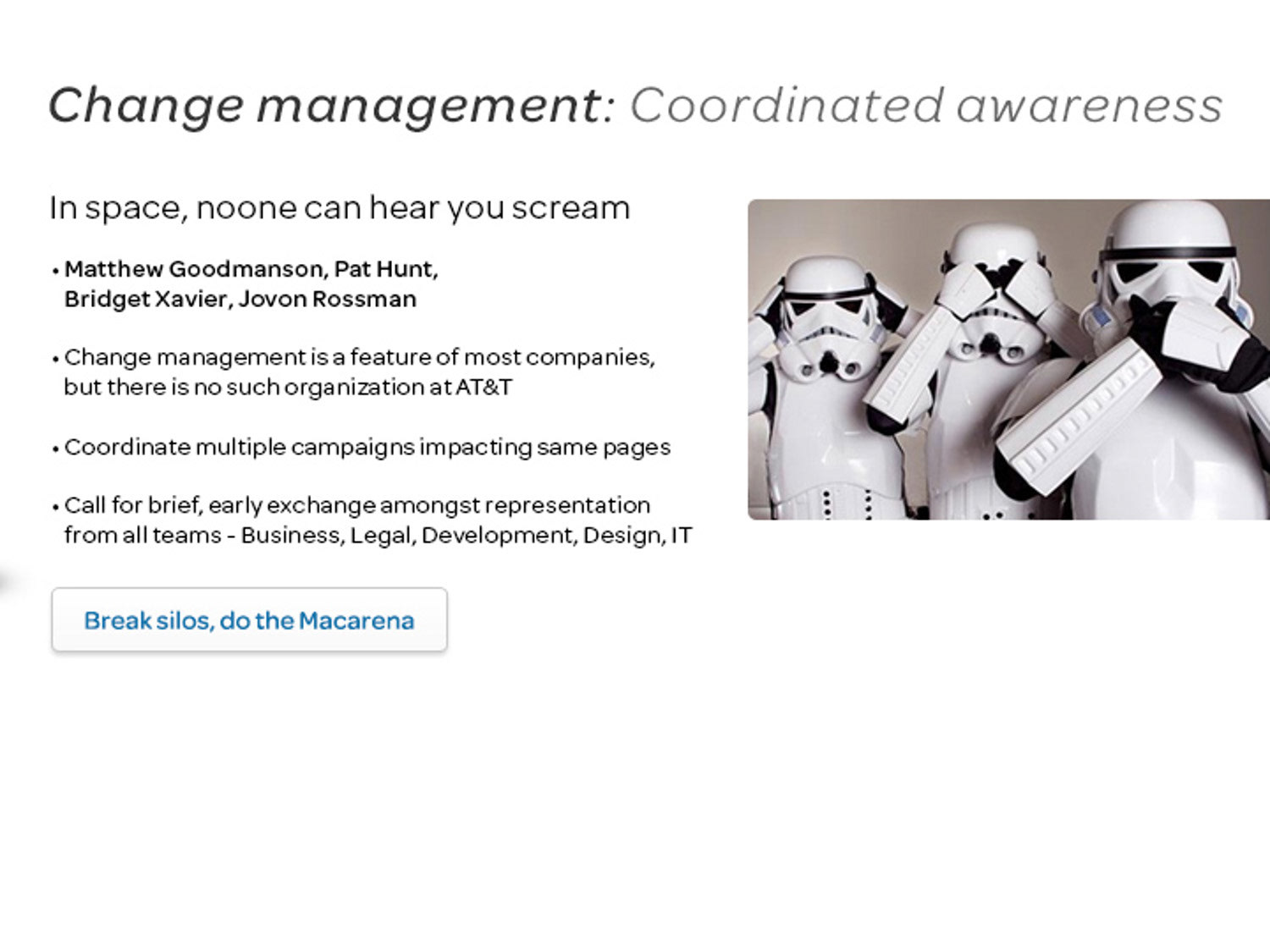
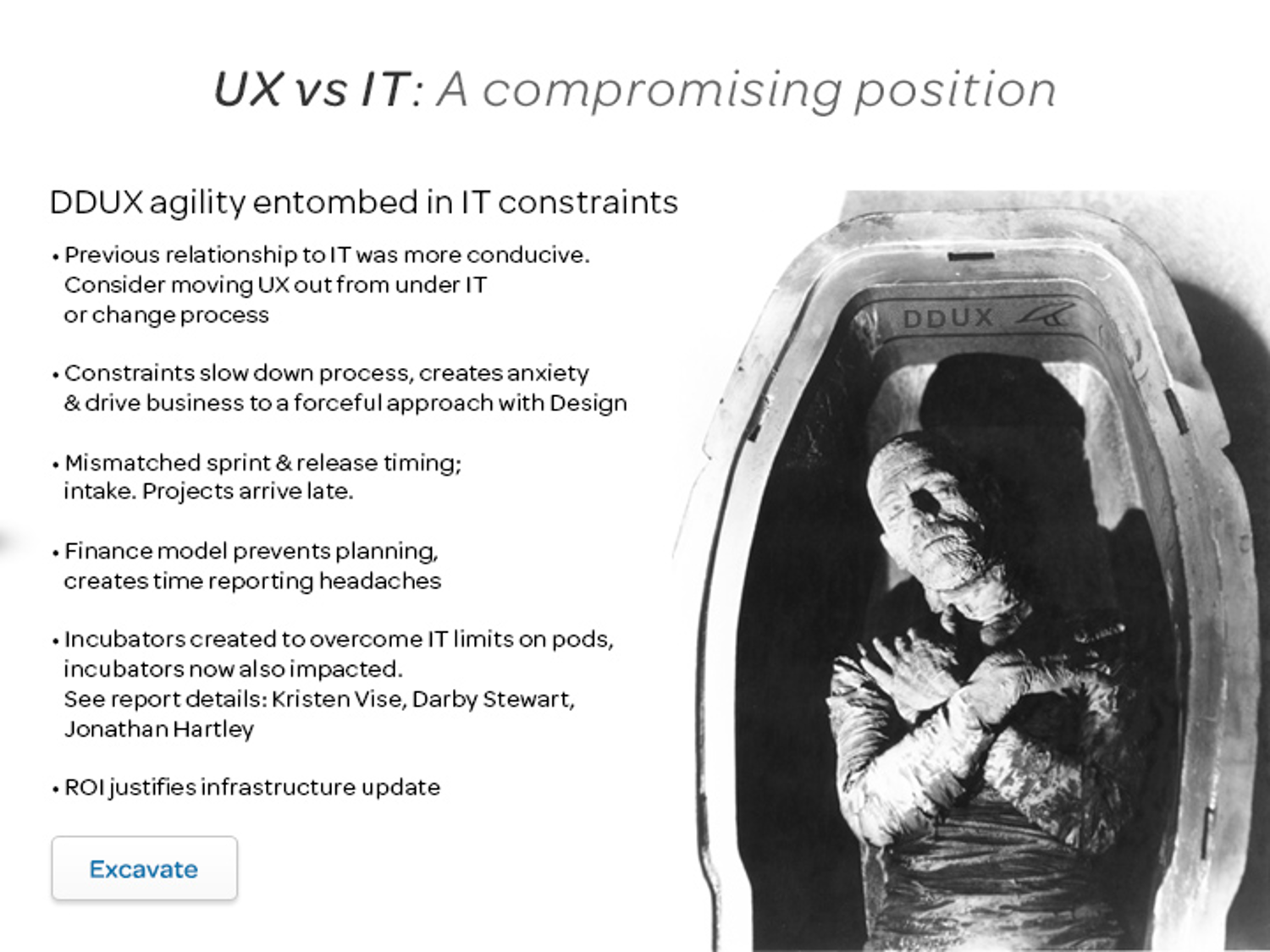
Negotiation methods primer
Role: Organizational initiative contributor, instructional & graphic design
Background: UX leadership at AT&T began a series of presentations for our team, including a call for better negotiation skills and more assertive communication with business teams.
Solution: I gathered my notes on negotiation methods from a prior corporate sales training contract and developed a primer for our UX team.
